Sky Gate
During the solar phenomenon "Lahaina Noon" this bendy, curvy sculpture forms a perfectly circular shadow on the ground.
There is always one—and only one—point on Earth that is closest in distance to the Sun. At this point, the Sun is directly overhead, and its rays land exactly perpendicular to the Earth’s surface. This is called a subsolar point, and it circles the globe every day, while simultaneously following a repetitive, yearlong north-and-south cycle based on the planet’s changing tilt.
This means that the subsolar point, at one time or another, hovers somewhere between the Tropic of Cancer and the Tropic of Capricorn, Hawaii included. The subsolar point in Hawaii has been nicknamed the “Lahaina Noon,” and since the Sun is directly overhead and the rays fall perpendicular to the ground, a strange thing happens when it comes to the shadows of objects that stand straight up: they disappear. The ’Lāhainā Noon’ term was coined in the 1990s by the Bishop Museum in Hawaii based on “lā hainā” meaning “cruel Sun” in the Hawaiian language.
This occurs twice a year in Honolulu—on May 26 at 12:28 p.m. and July 15 at 12:37 p.m.—and world-renowned artist and landscape architect Isamu Noguchi decided to take full advantage of the astronomical phenomenon in Hawaii’s largest city. His sculpture “Sky Gate” has a bendy, bumpy ring that drastically changes height as it goes around. For 363 days of the year, it will make a curvy, twisted shadow, but when the Sun is directly above it, the height-changing ring casts a perfect circle on the ground.
You can go here to track the live position of the subsolar point.
Know Before You Go
Located in an expanse of lawn between the Honolulu Municipal Building and the Mission Memorial Auditorium near Honolulu Hale.





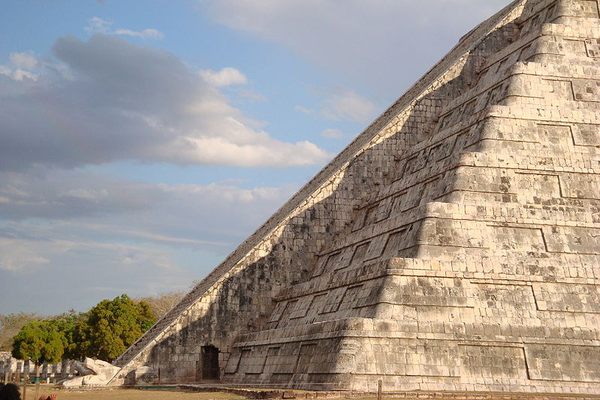





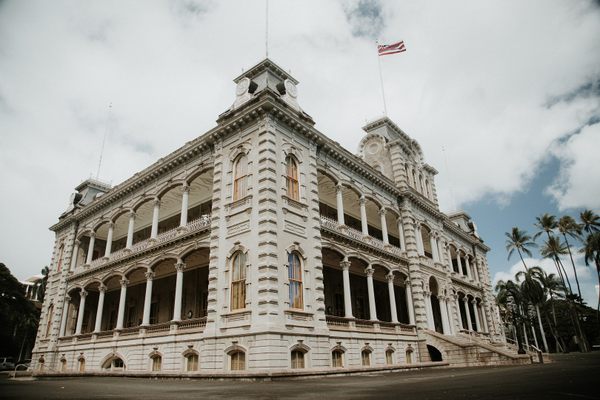
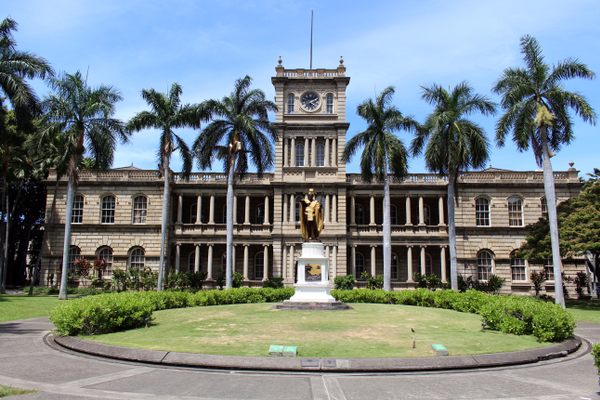
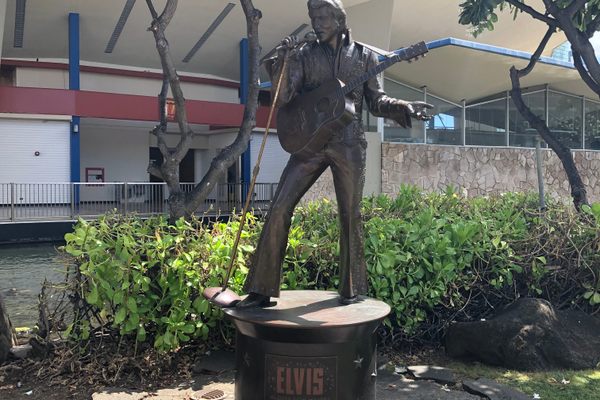
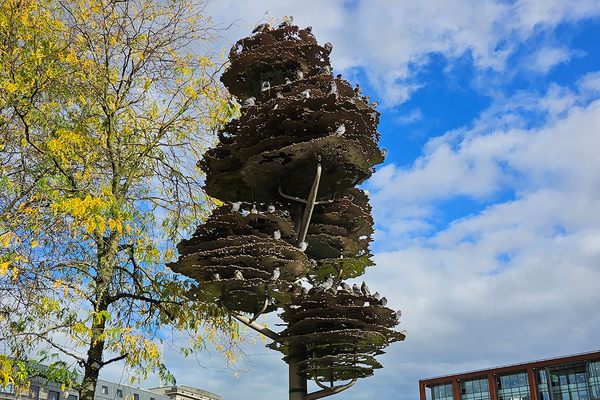

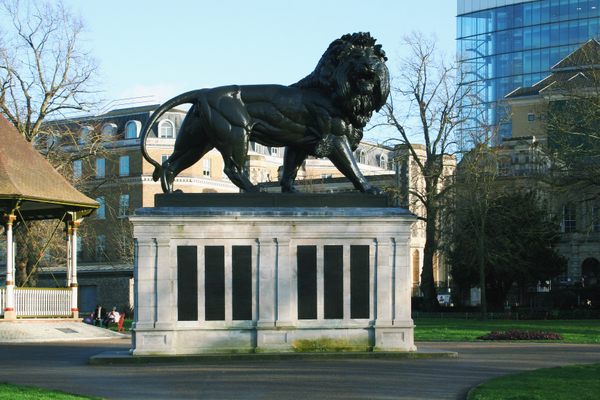


Follow us on Twitter to get the latest on the world's hidden wonders.
Like us on Facebook to get the latest on the world's hidden wonders.
Follow us on Twitter Like us on Facebook